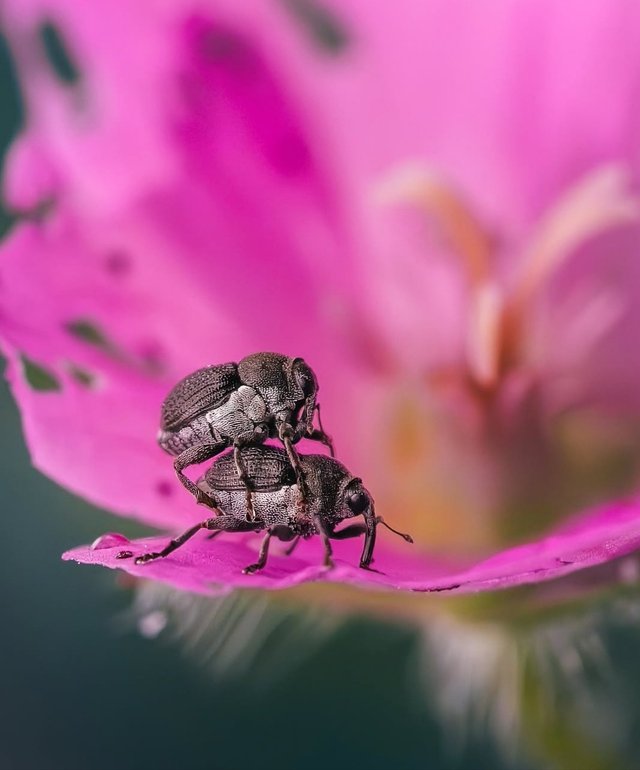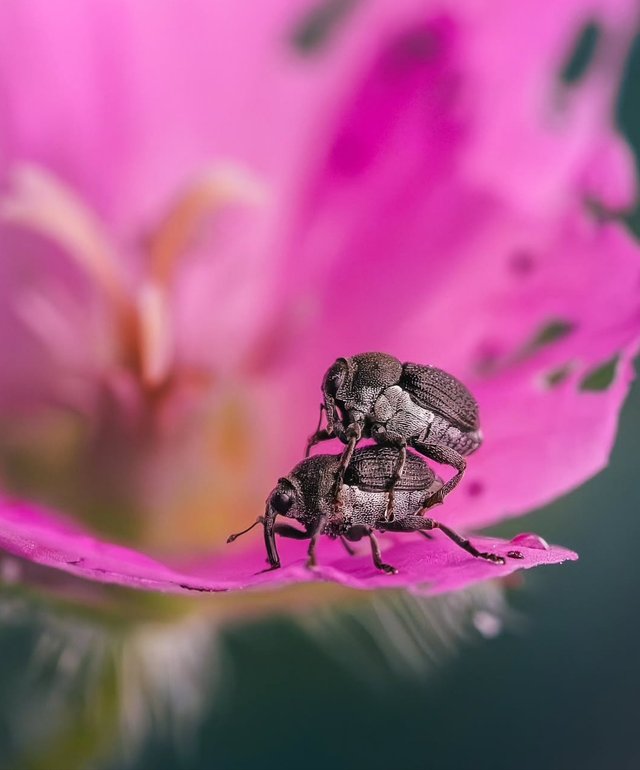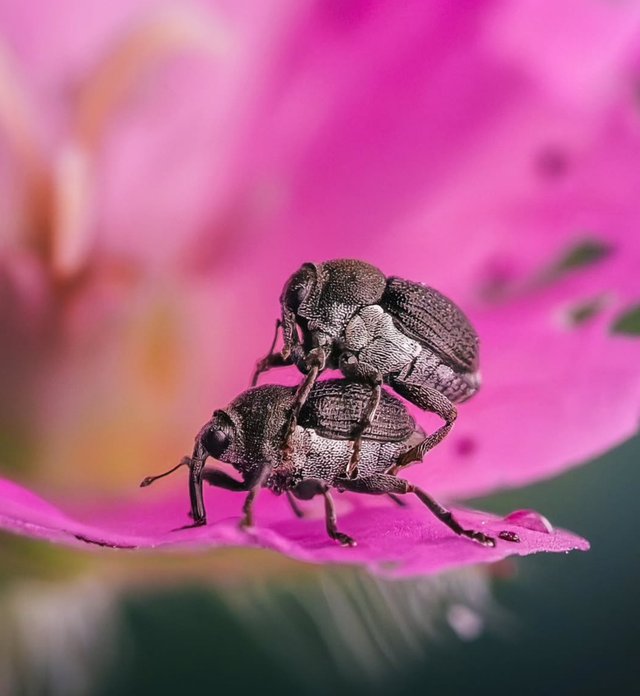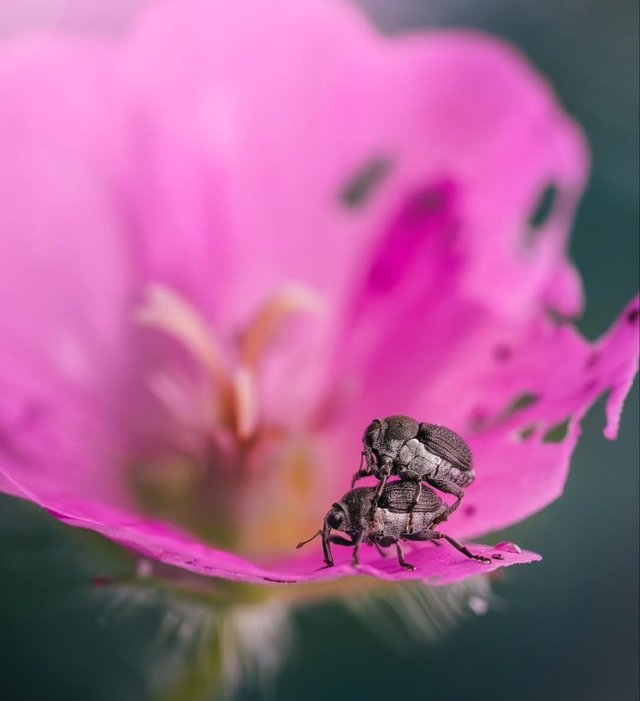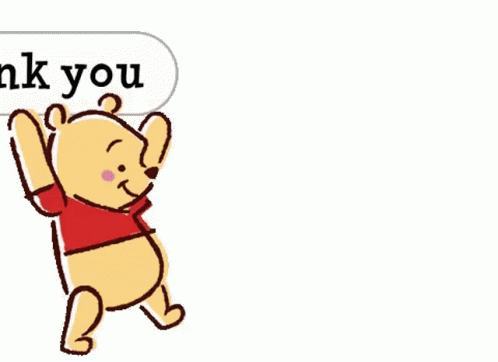So Cute Ceutorhynchus
Ceutorhynchus: The Hidden World of the True Weevils
The genus Ceutorhynchus is a fascinating and diverse group of beetles belonging to the family Curculionidae, commonly known as true weevils. This genus includes hundreds of small, seed-feeding beetles distributed mainly throughout the temperate regions of the Northern Hemisphere. Despite their minute size, members of Ceutorhynchus play surprisingly significant roles in both natural ecosystems and agricultural systems—sometimes as pests and sometimes as beneficial biological control agents.
Taxonomy and Classification
Kingdom: Animalia
Phylum: Arthropoda
Class: Insecta
Order: Coleoptera
Family: Curculionidae
Subfamily: Ceutorhynchinae
Genus: Ceutorhynchus
The genus Ceutorhynchus is part of one of the largest beetle families on Earth. Within this family, Ceutorhynchus species are recognized for their distinctive snout, elbowed antennae, and compact body form. They are small—typically ranging from 1.5 to 4 millimeters long—but are easily identified under magnification by their sculptured elytra and the presence of dense scales or setae covering their body.
Distribution and Habitat
Ceutorhynchus species are widespread across Europe, Asia, and North America, with many species adapted to temperate climates. They are usually associated with plants in the Brassicaceae family, such as wild mustards, shepherd’s purse, and cabbages. These beetles thrive in meadows, field margins, cultivated lands, and roadsides, wherever their host plants grow.
Some species have expanded their range through human activity—either accidentally transported in soil and crop material or intentionally introduced for biological control purposes.
Life Cycle and Behavior
The life cycle of Ceutorhynchus follows the typical beetle pattern of egg → larva → pupa → adult, but their ecological interactions make them particularly interesting.
Eggs are usually laid inside the stems, pods, or roots of host plants.
Larvae develop concealed within plant tissues, feeding on seeds, roots, or stems. This internal feeding often causes gall formation or stunted growth in the host.
Pupation takes place inside the plant tissue or in the soil.
Adults emerge to feed on leaves and stems before finding new hosts for the next generation.
Most Ceutorhynchus species have one or two generations per year, depending on climate and food availability. Adults often overwinter in leaf litter or soil.
| Device | cannon eos 700D |
|---|---|
| Lens | 55-250 zoom leans |
| Location | Bangladesh |
